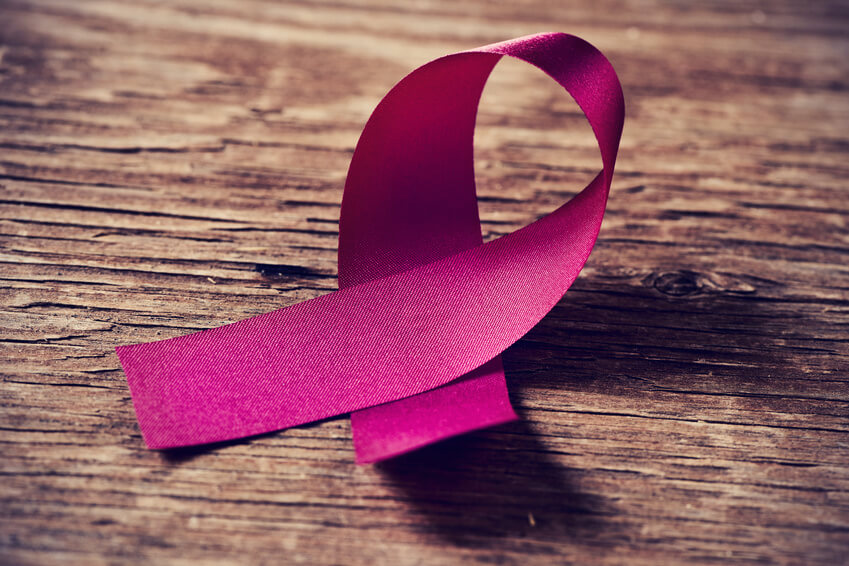Medical science is actively engaged in learning how to prevent breast cancer but our best tool currently to treat this type of cancer relies on early detection. Recommendations from professional organizations regarding when to begin mammograms and how often they should be done vary. Plan to discuss your personal risk and the advantages and disadvantages of screening tools at your next visit so together you can make the right decision regarding testing for you.
Here is information that may help you when you have questions about breast tissue and testing:
- BREAST SELF-AWARENESS: Become familiar with how your breasts look and feel. Any changes in lumps, pain, skin color or texture should be evaluated.
- CLINICAL BREAST EXAMS: Although breast examination by a doctor or nurse has not been proven to lower the risk of dying from breast cancer, it does promote breast awareness and allows for screening of other health and lifestyle factors that cause disease and death.
- MAMMOGRAM: A screening mammogram uses X-ray technology to evaluate breast tissue in women who don’t have any symptoms or signs of a breast problem. A screening mammogram takes two pictures of the tissue from different angles to look for suspicious lesions or abnormalities in the tissue. It is 100 percent covered by most insurance plans. A diagnostic mammogram is necessary when another view of the breast is required to evaluate the tissue more thoroughly. Having mammograms on a regular basis can lower the risk of dying from breast cancer.
- ULTRASOUND: An ultrasound (or sonogram) uses sound waves to look for solid or fluid-filled lumps in the breast tissue. It may also help evaluate blood flow or calcium deposits in the breast.
- MAGNETIC RESONANCE IMAGING (MRI): An MRI uses radio waves and strong magnets to provide more specific images of the breast tissue. MRIs are used in women of high risk for breast cancer and are helpful in diagnosing and staging breast cancer. Contrast die given through an IV may also be used to visualize the tissue better.
- DUCTOGRAM (GALACTOGRAM): This test may be used to evaluate any fluid coming from the nipple. A thin tube is inserted into the opening of a duct in the nipple and a small amount of contrast material is introduced. An X-ray is then taken to outline the shape of the duct. Fluid can also be collected and evaluated for signs of infection or cancer.
- BIOPSY: Any suspicious lesions should be biopsied. This means a sample of the actual tissue is collected (usually from a needle inserted into the area of concern and aspirating or sucking up a small part of the tissue) and evaluated for cancer.
- GENETIC TESTING (BRCA): For women with a strong family history of breast and/or ovarian cancer, a genetic test may be recommended to evaluate your risk of getting breast cancer in the future. The Huntsman Cancer Institute is a great local resource that can help answer general questions about cancer or arrange an appointment with a genetic counselor to discuss whether this type of testing is helpful or recommended for you.
For more information, please talk to your provider or read more at:
http://www.cdc.gov/cancer/breast/basic_info/screening.htm
this includes a chart comparing when to start and the frequency of mammograms among professional bodies
http://www.medscape.com/viewarticle/430076
http://ww5.komen.org/breastcancer/earlydetectionampscreening.html



